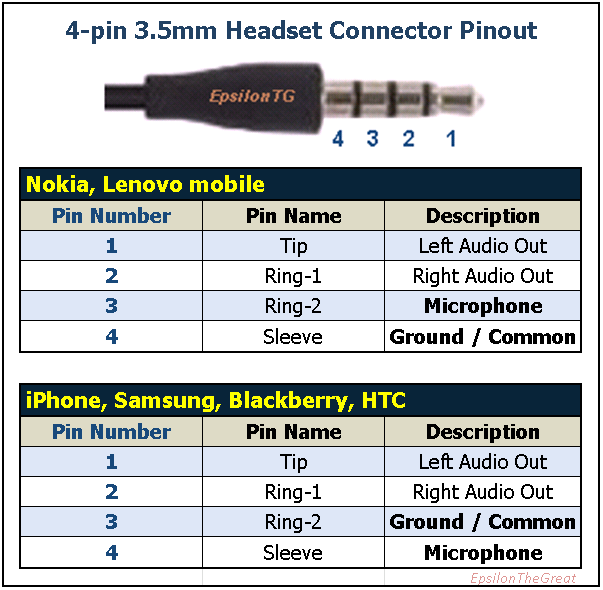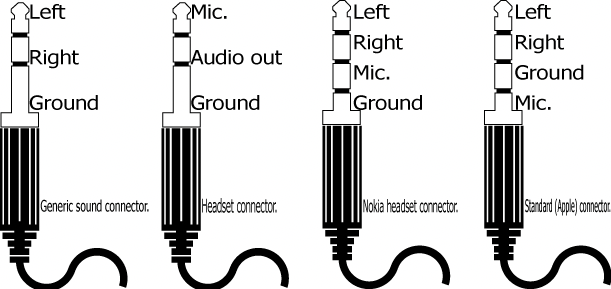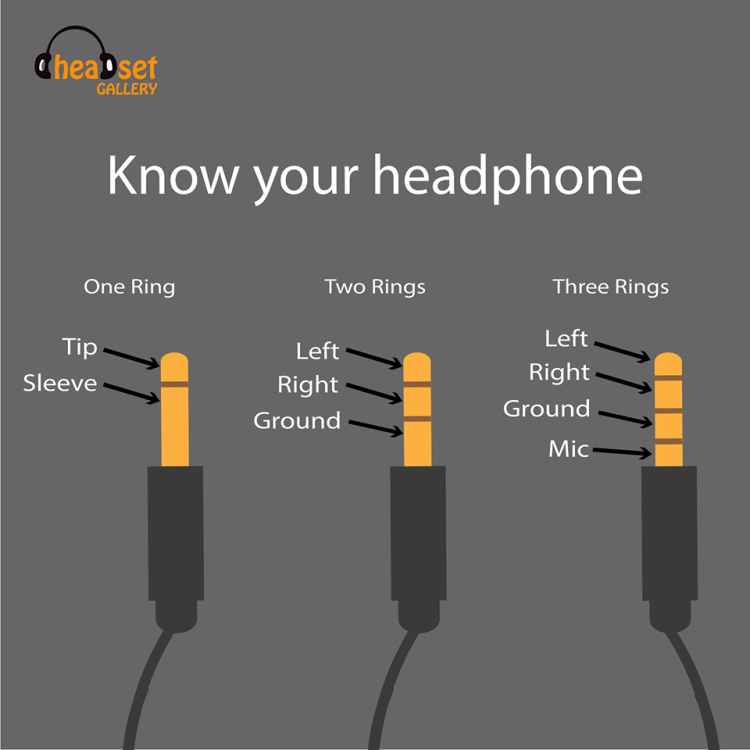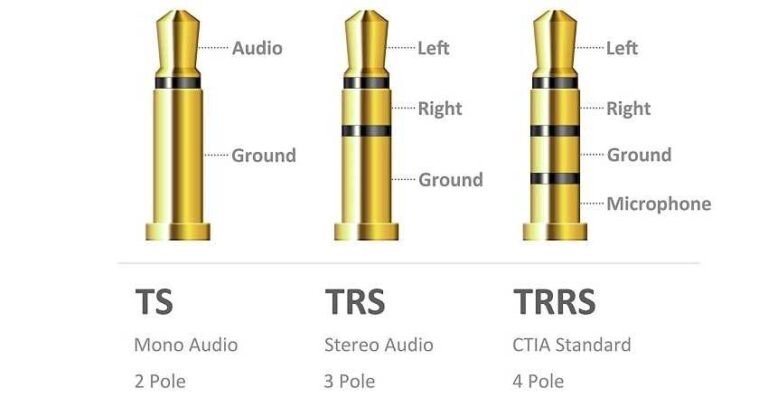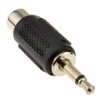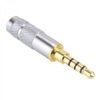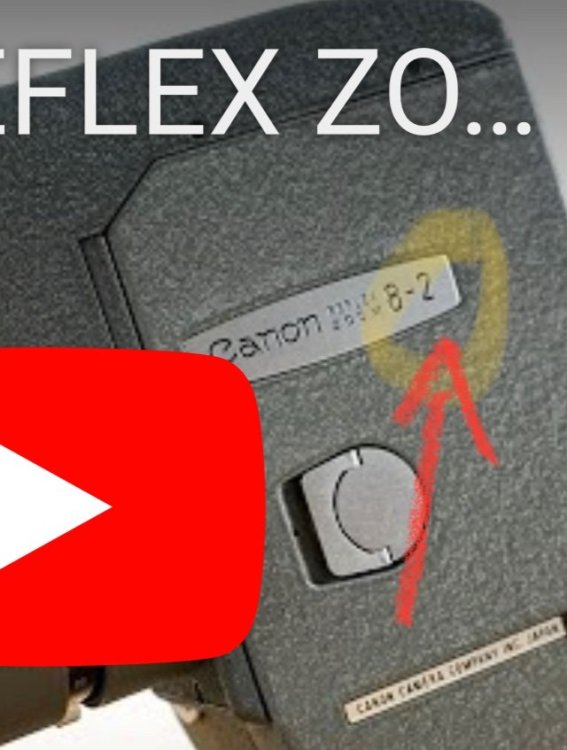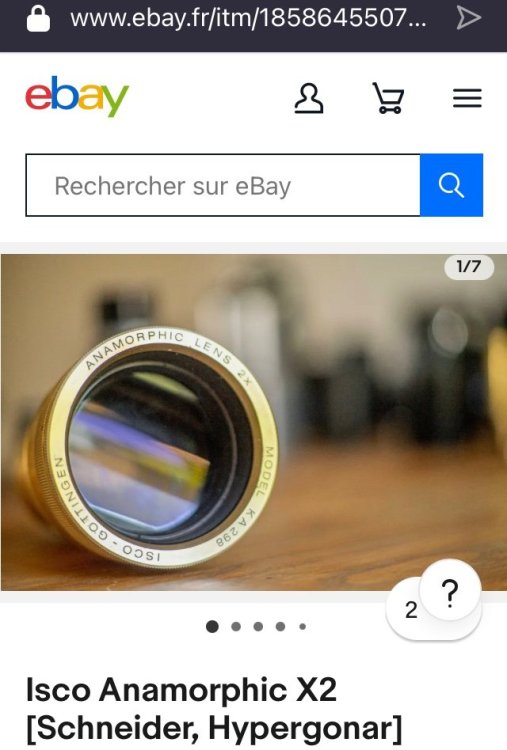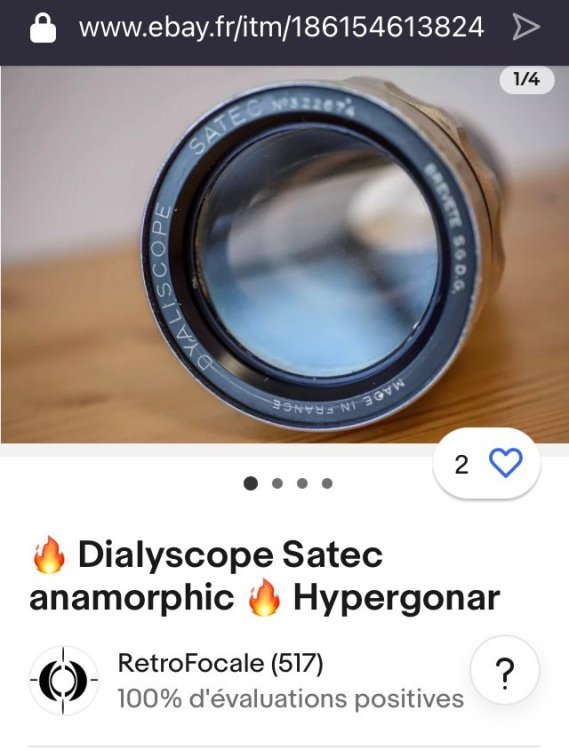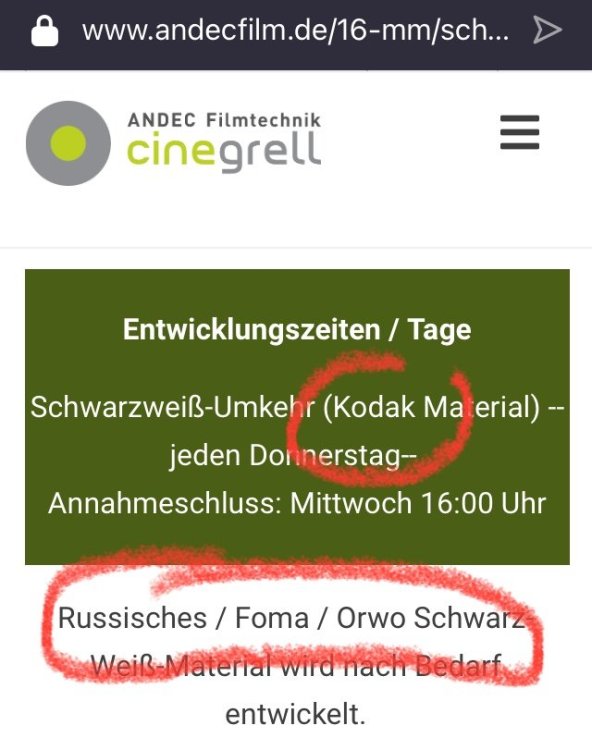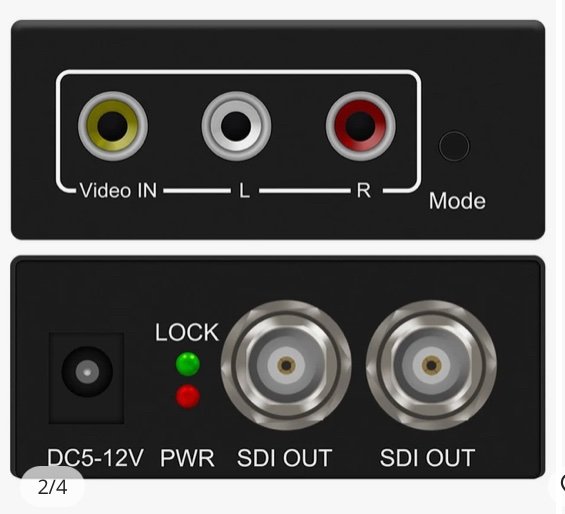-
Posts
580 -
Joined
-
Last visited
Everything posted by Joerg Polzfusz
-
To make things even more confusing: There are now connectors with four rings and hence five metal sections: 1 = ground 2+3 = stereo microphone (or two mono microphones) 4+5 = stereo headphones 🥴 They are at least used on some Sony devices: Xperia Z3, Xperia Z2 and Xperia Tablet. I wonder how this plug will look like for quadrophonic headphones and four mono microphones. 🤪
-
Hi! It looks like my English is lacking some proper words, but I try to explain it as good as possible: The plug can’t get too far into the socket. There’s a standardized length combined with the plastic and a thicker metal part at the plug’s end (towards the cable, where the plastic starts) that will prevent this. As you can see, the plug’s tip gets smaller right before the first ring. In the socket there’s a counterpart with a spring. That’s why the plug slips in easily the first mm. And then, at end, you’ll have to apply a little(!) pressure to ensure that the plug passes the „spring thing“ and goes all the way in. This „spring thing“ also ensures that you can only unplug the microphone with a little(!) pressure. Without this „spring thing“, the plug would fall out of the socket on its own. When you can still see metal parts of the plug, then the plug isn’t far enough in the socket. The only exception might be the thicker metal part at plug’s end (towards the cable). It’s usually also covered by plastic to prevent the users accidentally touching metal that still might be connected to some electrical power. But sometimes, it’s visible for a fraction of mm. Hope this helps Jörg P.S.: At least, the microphone is now working on one of your devices. 😃 Congrats!
-
Another hint from one of those YouTube videos (that I didn’t know before): To test the lav mic, attach the windshield and -while recording- rub the foam, as far away from the recording device (camera, smartphone, …) as possible. When the lav mic is used, you’ll hear some strange, loud noises in the recording. But when the internal mic was used instead, then the rubbing should be too faint to be recorded (=no sound recorded).
-
The other videos are basically showing the same fixes, except for these hints: When using a case for your phone/tablet, then try without the case (as the case might prevent the microphone‘s plug to go deep enough into the socket). At least when using the „sound recorder“ app, then sometimes an external microphone is only recognized when starting the app before attaching the microphone. Do your tests without any other electronic devices or cables nearby. On the panda, they might cause distortions and other strange effects. Not sure if any of these hints will solve your problems. Good luck!
-
There are also some videos that show some fixes, e.g.:
-
Hi! This page says that you might need a special app to use it on an android device: https://www.diyvideostudio.com/purple-panda-lavalier-lapel-microphone-not-working-fix/#
-

Eifgen Dale at Dawn: Piano Fantasy in C minor
Joerg Polzfusz replied to Nudist Elegan's topic in Sound
Sehr schön, man hört förmlich das Wasser plätschern und fließen, während die Vöglein zwitschern und das Tal erwacht. -
Hi! When connecting a smartphone headset (headphones plus microphone), does the recorder app automatically use the headset? Or are there some „preferences“/„settings“ where you have to manually switch the used microphone? (Only to eliminate potential obstacles on the software side.)
-
To sum it up: there are special adapters needed to connect a „standard“ microphone to a smartphone/tablet. Take a look at the position of the „ground“ in these images and you’ll know why. (No, I have not tried them. That‘s because my current smartphone does not have a 3.5mm socket anymore.)
-
Hi! I also had problems attaching microphones to smartphones/tablets. That’s because they are usually mono (one ring - as in the first image). But the smartphones/tablets have/had a combined „stereo headphones out + mono microphones in“ socket that would require the microphone to have a plug with three rings like in the second image. Hence, using a mono microphone resulted in short circuits or strange noises (hisses,…). Therefore I simply used them with a minidisc recorder and everything was fine. As your adapter has two rings, I would expect that it’s for attaching two mono microphones to a stereo recorder.
-
What about directly printing onto „photo paper“?! It’s much stiffer and thicker than ordinary „printer paper“. There are also „printer cardboard sheets“ with 300 g/m² (while the ordinary „printer paper“ usually is 80-120 g/m²). But they don’t work in all printers. Hint: Don’t forget to protect the final print with some spray like „Inkjet Fix“ (made by Ghiant). Otherwise the thumbs will ruin the print too soon.
-
Simply look into the manual that I have linked above. 😉
-
The video features the „zoom 8-2“ (=the second springwound model), while the link to Canon‘s museum leads to the page about the first model.
-
The English manual for the „Reflex Zoom 8-2“ is available here (open in private window to avoid the millions of cookies): https://www.bedienungsanleitu.ng/canon/reflex-zoom-8-2/anleitung?p=4
-
BTW: There are at least three slightly different springwound models and one battery-operated made between 1959 and 1962 which one do you own? https://global.canon/en/c-museum/camera.html?s=cine&s2=8mmcam At least the manual of the battery operated model is available for free on the internet. It might be close enough to your model: https://archive.org/details/central-manuals-camcorder_canon_EEE_Motor_Zoom_8.pdf/
-
Hi! The FPP and Wittner seem to have the largest selection of D8 films these days: https://filmphotographystore.com/collections/all/double-8 https://www.wittnercinetec.com/epages/WittnerCinetec-Super8-16mm-Film.mobile/en_GB/?ViewObjectID=17088270 Have fun!
-
On vimeo/YouTube/whatever, there should be samples of Vision3 after push-/pull-/cross-processing and even after processing in C41 (plus remjet-removal). Maybe one of this gives you the wanted results? (For C41, you could also simply search for scanned CineStill-negatives on Flickr.) Other than this, it’s the amount of light used on the set (see Tyler‘s answer), the scene lengths and the soundtrack. (Simply add a monophonic, optical soundtrack to a video shot in UHD on your smartphone - and everyone will tell you that it’s a scene from the 60s. Or add a fresh 5.1 soundtrack to a movie from the 60s and edit it to a faster pace - and everyone will assume that it’s a current production.)
-

Does anyone have any information on tronchet scope?
Joerg Polzfusz replied to Edith blazek's topic in 16mm
- 13 replies
-

Does anyone have any information on tronchet scope?
Joerg Polzfusz replied to Edith blazek's topic in 16mm
Some current auctions on eBay.fr where the term „Hypergonar“ is incorrectly used for anamorphics from competing companies…- 13 replies
-

Does anyone have any information on tronchet scope?
Joerg Polzfusz replied to Edith blazek's topic in 16mm
STOP also produced special (smaller) Hypergonars for 8mm and 16mm.- 13 replies
-

Does anyone have any information on tronchet scope?
Joerg Polzfusz replied to Edith blazek's topic in 16mm
Hi! When Mr. Chrétien sold the rights for „Cinemascope“, he made sure that he can also still use his own invention (with several limitations like some lenses only to be sold in France etc., others limited to „private use only“, …). Hence „his“ company STOP (Société Technique Optique de Précision) produced various anamorphic attachments under the exclusive trademark „Hypergonar“. When browsing through eBay.fr or other French websites, you’ll see that the term „Hypergonar“ is sometimes used as a general term for anamorphic attachments. (Like the trademark „Scotch Tape“ being used as a synonym for all adhesive tapes in the USA, including the ones that have not been made by 3M.) However, the usage seems to decrease - I doubt that any French under 40 years will use (or even understand) it. BTW: I have never heard of TronchetScope…- 13 replies
-
Hi Mark, 1/40 s at 24fps makes sense as the shutter seems to have a 207° opening. No offense regarding the light meter. I only noticed that the production of the camera started before the „ASA update“. Hence, you might have used a light meter that came with the camera and that is as old as or even older than the camera. Does anyone know the differences in developing B&W reversal? At least Andec is processing the Kodak-reversal filmstocks separately from Foma/ORWO/Russian stocks. When the lab has mistaken your Kodak-film with ORWO-film, it might be a problem caused by them… (But that’s just a wild guess. I have not got any clue about developing.)
-
If the camera’s shutter speed was „off enough“ to produce 2-3 f-stops overexposure, then the camera would have to also record the actual transport of the film. (Underexposure is a different topic, especially when using cameras with a variable shutter that might be damaged or that might have been accidentally ignored when setting the f-stop.) What shutter speed did you calculate with? Which lightmeter did you use? Was it designed before 1960, when the ASA-rating-system was drastically changed (ASA PH2.5-1960)? And are you sure that it’s using an ASA-scale (instead of Weston, GE, Scheiner, DIN, GOST, ISO, …)?
-
Can’t you use one of those cheap Chinese composite video to sdi converters? (Of course, this means using another device that has to be powered = more batteries, more cables and more boxes dangling around…)






